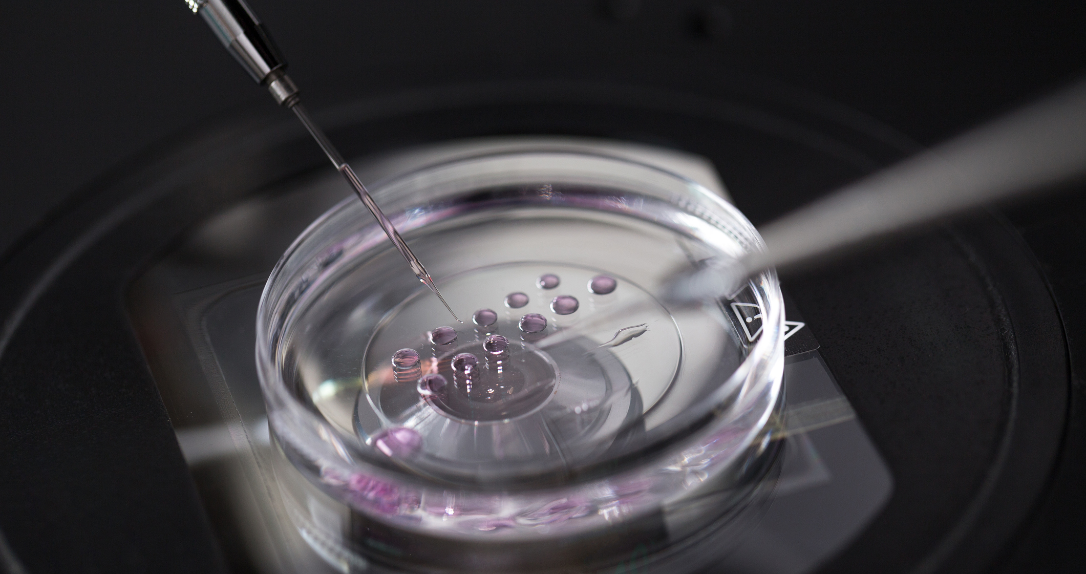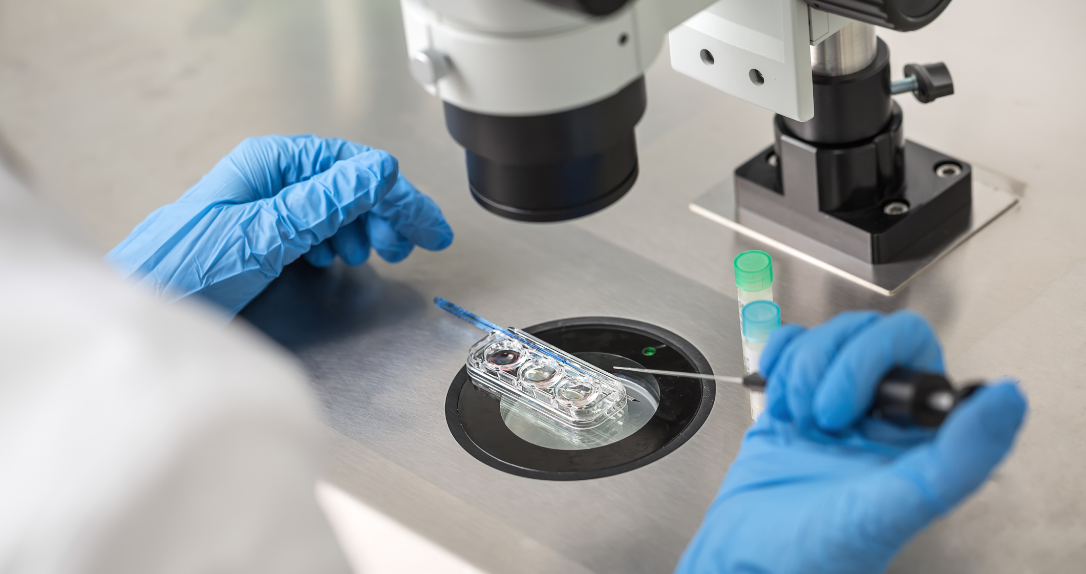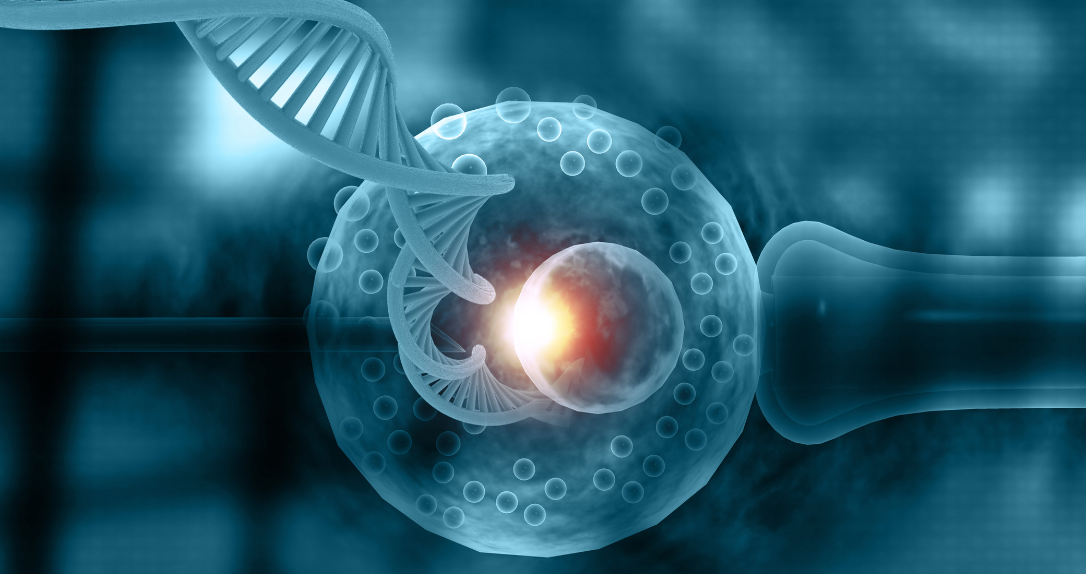 In vitro fertilization refers to a procedure in which an egg (or oocyte) is fertilized outside of the body and then transferred into the woman’s uterus. Today, IVF is the most commonly used treatment to improve your chances of pregnancy.
In vitro fertilization refers to a procedure in which an egg (or oocyte) is fertilized outside of the body and then transferred into the woman’s uterus. Today, IVF is the most commonly used treatment to improve your chances of pregnancy.
IVF is a gold standard in reproductive endocrinology and is the most successful fertility treatment currently available. IVF treatment offers the quickest route to pregnancy and has the highest success rates of any Assisted Reproductive Technology (ART).
Starting the IVF treatment process can be exciting and nerve-wracking at the same time. Emotions can run high but luckily you are in good hands with IVF Canada, where physicians have performed the very first successful IVF pregnancy in Canada and continue to be leaders in the field of reproductive medicine. Our knowledgeable fertility team will assist and guide you in your quest to become a parent.
IVF involves stimulation of the ovaries to produce one or multiple follicles containing eggs. Secondly, these eggs are retrieved, and fertilized with conventional IVF or Intra-cytoplasmic sperm injection (ICSI) using a prepared sperm sample to create embryos. A viable or embryos is then transferred back to the uterus.
It’s important to remember that our dedicated nursing team, IVF specialists, and support staff are here for you every step of the way. We perfectly coordinate your menstrual cycle for an optional outcome and support you through the IVF process.
This process can be divided into several phases.

At IVF Canada, we perform a thorough evaluation prior to commencing an IVF treatment cycle and depending on the results, advise patients on pre-treatment preparation, including any medications. As with anything important in life, preparation is essential for success!
Ovarian stimulation involves a schedule of daily injections of a stimulating hormone over a course of 8-12 days. During this span, your ovarian response is closely monitored using state-of-the-art ultrasound techniques and laboratory tests.
The egg collection is a minor procedure where one by one, the eggs will be drawn using a suction device. The egg retrieval process is quick and painless thanks to a sedation with a surgical time of under 30 minutes. That’s it – no stitches or scars.
As for the male partner, a semen sample needs to be supplied prior to the procedure or alternatively a frozen or donor sperm sample is prepared.

The prepared eggs and sperm are placed together in a petri dish to allow fertilization to occur. What happens behind the scenes in our state-of-the-art laboratory is one of the most important events in the IVF treatment cycle. Over the next several days, we closely monitor the development of the embryos for optimal growth.

PGT involves checking the DNA of the embryo chromosomes created by in vitro fertilization for any abnormalities like Down Syndrome, structural rearrangements, and single-gene genetic disorders like Sickle Cell Anemia and Cystic Fibrosis. Embryos without chromosomal abnormalities are placed back in the womb, decreasing the risk of miscarriage.
Embryo transfers takes place between 3 or 5 days after fertilization in the case of fresh cycles, or at a planned time in the case of frozen embryo transfer. The procedure itself is relatively quick, painless and takes approximately 15 minutes to complete. The fertility specialist will insert a flexible catheter into the vagina, through the cervix and into the uterus and using a syringe, place the embryo(s) into the uterus.
It may take up to two weeks to determine if you are pregnant. Once this is confirmed, we will observe your pregnancy journey through a series of blood tests and ultrasounds to ensure the embryo is developing normally.